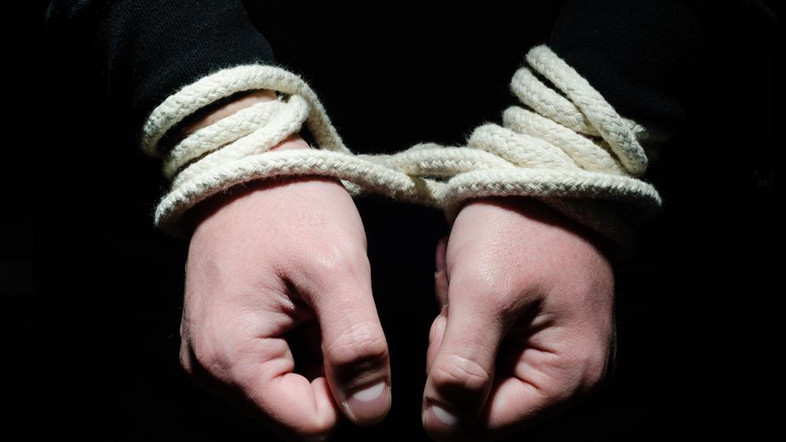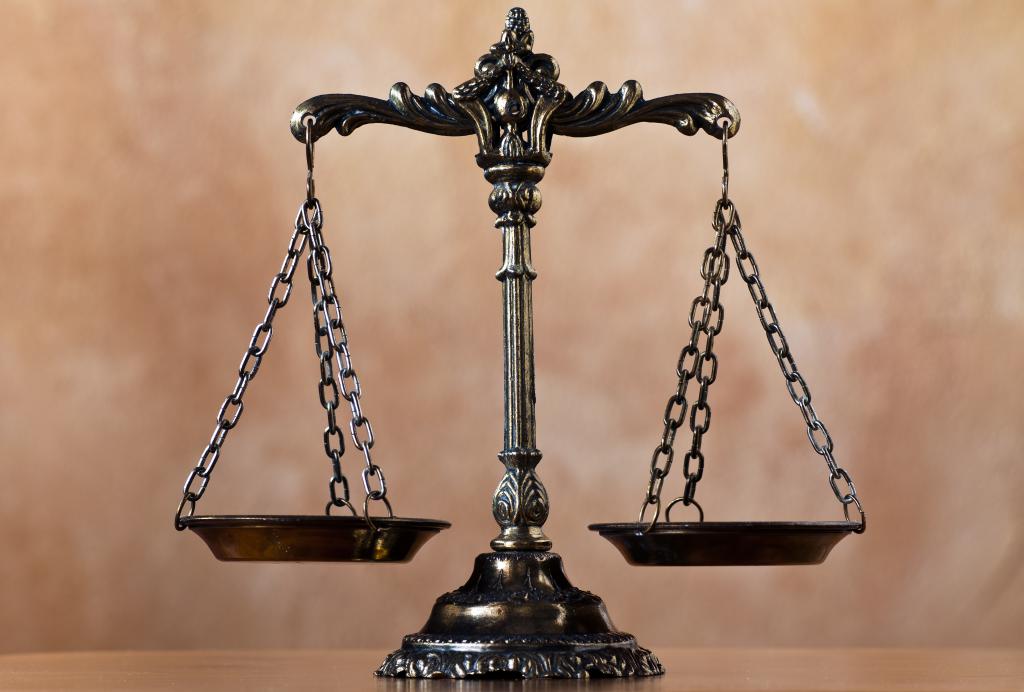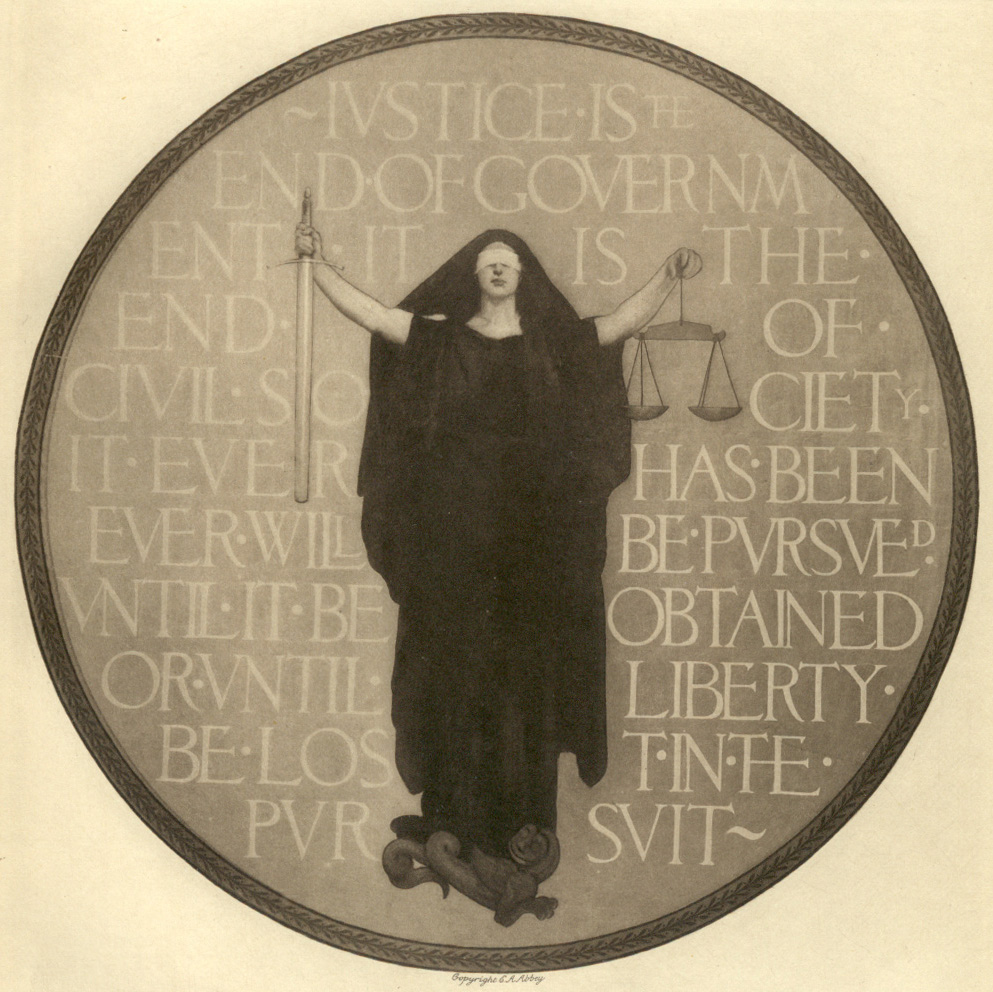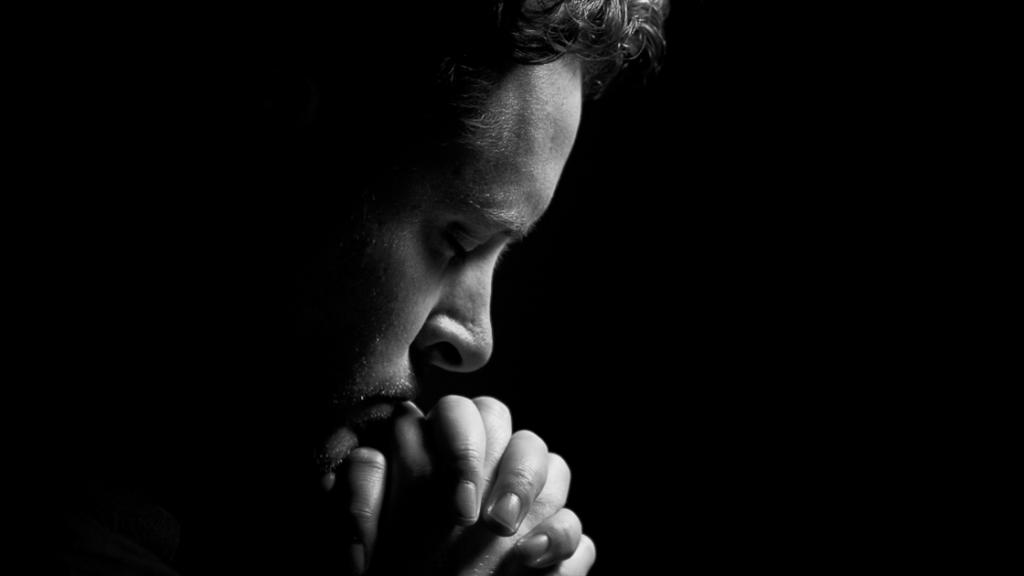At the moment, almost all existing legal norms in criminal law are aimed at ensuring that the person who committed the crime is punished. However, in practice, from time to time, norms are used that mitigate the punishment or even force the relevant authorities not to attract them. One of such norms is exemption from criminal liability with active repentance. This topic has actually not been studied much since it is found only in a small part of the norms of the Criminal Code and the Code of Criminal Procedure, but in practice it is of great importance. It is about the significance of active repentance at the present stage that will be discussed in this article.
Modern tendencies

It is no secret to anyone that in modern Russia the crime rate is getting higher every year. However, mainly all attention is drawn to grave and especially grave cases, and minor crimes and those of moderate severity are often ignored. But they account for almost half of all crimes committed in the country. Corruption, drug and drug trafficking and many other offenses are becoming more commonplace. The authorities are trying to counteract their commission, constantly fighting crime and counteracting it, imposing punishments. But it is completely clear that it is impossible to achieve the desired result solely by means of toughening, and therefore, to ensure maximum disclosure and reduce the number of criminals in criminal law, the idea of humanism and justice has found its place.
Humanism in Criminal Law

More and more ideas of humanism are beginning to spread in criminal science recently. One of them was the termination of the case in connection with active repentance. Similar norms began to appear around the world, primarily because the process of differentiation of criminal responsibility with individualization of punishment began.
Such a dichotomy led to the fact that sanctions for serious and especially serious crimes are increasing every year, but for crimes of minor gravity by the person who committed it for the first time, it became possible to be released in connection with active repentance. Criminal law began to look for new ways to resolve conflicts, simply stimulating the voluntary nature of the guilty person in recognizing his offense and his desire to minimize the damage caused to him. The idea of resocialization of the personality, its revival and the ability to get out of the conflict that appeared at any moment began to have its place in the Criminal Code. For the first time, several articles were published that could simply terminate a case in connection with active repentance, if the perpetrator wished it.
Practice problems
Despite the fact that the institution of remorse has already begun to function in practice in the Russian legal system, there are a very large number of problem areas. Many concepts still do not have an exact definition or are interpreted inconsistently depending on how the judge understands the rule. All this leads to the fact that it is required to begin a detailed study of the institution of active repentance, as well as finding ways to get rid of the contradictions that exist at every step. Unfortunately, such studies are practically not carried out, and therefore there are not even clear criteria for what should be understood by this concept.All this in practice leads to the fact that it is quite difficult to resolve a specific criminal case in practice.
History reference

For the first time, norms that allowed exempting from criminal liability with active repentance appeared relatively recently. They were fixed only in 1997 in the field of criminal proceedings. Their introduction immediately attracted almost all participants in criminal proceedings, especially investigators, interrogators, prosecutors and judges. After their introduction, a huge number of cases began to cease in the country in connection with active repentance, which greatly simplified the life of practical workers in the criminal sphere.
However, one should not assume that the appearance of such a law immediately led to the fact that a huge mass of criminals immediately decided to take the blame for the crimes committed, repent of the committed and come to the police with the confession, wanting to stop doing bad things in the future. In many ways, this resulted in the fact that in a similar way people began to try to simply avoid punishment and not bear the burden of criminal responsibility. That is why it is so important in practice to understand that even if a person’s actions have signs of active repentance, this does not mean that he needs to be pardoned immediately.
Concept of remorse

Before you directly understand what constitutes active repentance according to the Criminal Code of the Russian Federation, it is necessary to determine what constitutes the very concept of repentance. Its meaning is determined from the point of view of social nature, that is, repentance is a regret for the offense and all its consequences. As you can understand, this term is very subjective and is defined in terms of ethics, morality and psychology.
There are a number of signs that should always be accompanied by it. These include a sense of shame, remorse, self-condemnation. This shows that a person has realized his criminal actions and the sense of duty that he has before other people and the team.
The concept of active remorse
Quite often, it is generally accepted in criminal law that if a person exhibits positive post-criminal behavior, then this can be understood as a basis for mitigation or complete release from punishment. All this directly led to the emergence of exemption from criminal liability with active repentance. Although at the moment there is no definition of this term in the norms of the law, it is still customary to perceive it as a criminal law institution. That is why for its application it is required not only to say that a person feels a feeling of remorse for his actions, but also to objectively show them in reality on specific actions. If there were no such actions, then it is impossible to refer to the law with the aim of mitigating the punishment. Such a form of remorse must always be conscious in order to become a truly effective mechanism that will lead to the fact that after committing a crime a person will behave lawfully.
The legislative framework

Active repentance in the Criminal Code of the Russian Federation is enshrined in its general part, namely, article 75. This rule was first applied since the fall of the Russian Empire and provided for the fact that a person who committed a minor offense could be exempted from criminal liability. This can only be done in cases where the offender has independently confessed to law enforcement agencies, which helped to solve the crime, and also completely made amends for the harm in any way. The rule can be applied only to those articles of the special part where active repentance is directly applied, including to moderate and serious crimes, such as kidnapping, tax evasion, bribery, and some others.
Common symptoms
Common objective signs of remorse in this situation include:
- The public utility of the actions that the criminal commits. Everything should be directly expressed in actions, and not just in words.
- The activity that allows us to draw the line between voluntary refusal and active repentance.
Mandatory features
In addition to common features, there are a number of mandatory ones that should also be taken into account. These include:
- Normative signs - all forms of behavior that a criminal demonstrates after committing a crime are regulated by law.
- Objective signs are expressed in the benefit to society and the activity of its implementation.
- Subjective signs are expressed in the fact that all actions are performed voluntarily in order to facilitate their own fate.
The difference between voluntary refusal from active remorse

As mentioned earlier, it is the activity of actions that helps to distinguish between voluntary refusal and repentance. In fact, at first glance, they have many similar features, such as the fact that with each of them the criminal prosecution ceases, as well as the fact that they both must be active. However, there is one huge difference between these concepts - for a voluntary refusal it is enough simply not to complete the crime to the end. The criminal simply stops at the stage of the finished attempt or actively tries to eliminate the conditions that he created directly for the commission of the crime. Voluntary refusal can be clearly enough seen in cases of rape - if a man threatens a woman to have sexual intercourse with him, but ultimately does not bring his actions directly to the act completely voluntarily, although he had the opportunity not to do it, then he should not be judged under the article on rape, as he committed a voluntary refusal.
Active repentance is applied at another stage - after the termination of the crime, when a person comes to voluntarily admit his offense.
Essence

This norm, like any other in the legislative system, in its essence has a number of subjective and objective features that must be taken into account without fail.
The very essence of active repentance lies in the fact that the offender, after completing the crime, fully admits his guilt and smooths it out with actions. Such actions are usually attributed to confession, active assistance to law enforcement agencies, as well as making amends. It is accepted as such actions to recognize first aid to the victim, calling the police and other actions. In order to be able to put them into practice, it is necessary to have 2 or more similar actions, since only one will act only as a mitigating circumstance.
Object and subject
The subject here is the person who committed the crime. A person must be sane and reach the age of criminal responsibility, which is laid for the commission of a specific crime. The norm does not apply if it is not the offender himself who has applied to law enforcement agencies, but his relative or acquaintance.
The subjective side refers to the mental attitude of the subject to the actions that are useful to society, committed after the crime. This is a motive, feelings and emotional state.
The object is what the criminal directly directs his repentance, that is, the criminal act committed by him, which led to the infliction of property, physical or moral harm.
The objective side of active repentance directly represents those actions from which repentance itself is composed, their consequences, as well as the existing causal relationship. It is here that it is customary to include confession, smoothing out harm and other actions.Also, incidentally, this includes the time and method of committing acts, which usually take place only after the end of the crime itself, but in some cases it can be seen even at the stages of the already completed attempt. All this led to the fact that more and more cases are being closed due to termination with active repentance.
